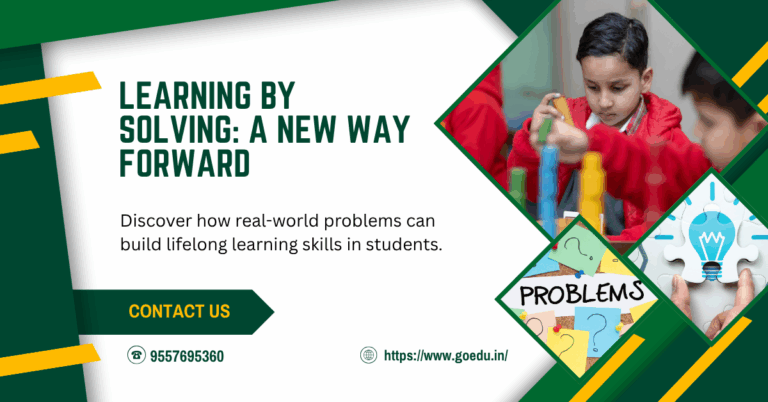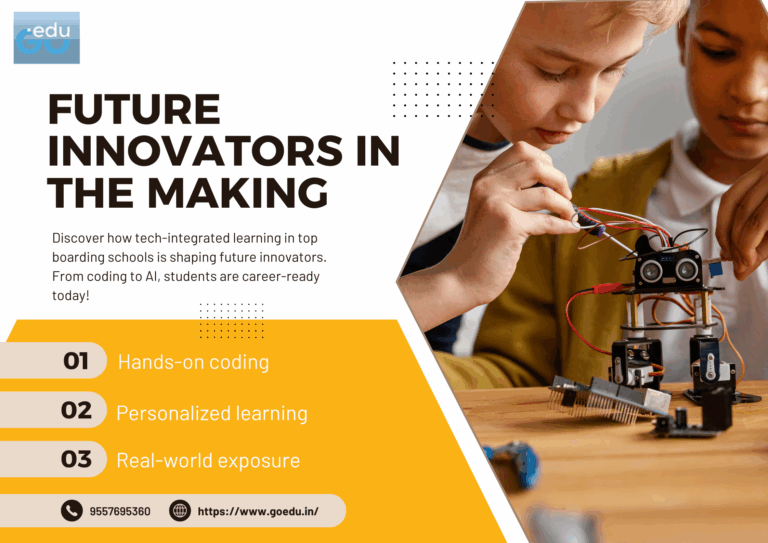Field visits are an essential part of the learning process, offering students a unique opportunity to experience hands-on learning beyond the confines of the classroom. These excursions not only complement theoretical knowledge but also expose students to real-world scenarios, enriching their educational journey. Let’s delve into the significance of it in education and how it benefits students academically and personally.
The Limitations of Classroom Learning
Classrooms are the cornerstone of formal education, providing students with a strong theoretical foundation. However, they often limit exposure to real-world experiences. Without practical application, many abstract concepts can feel disconnected from everyday life.
Field visits bridge this gap by immersing students in environments where they can witness and interact with the subjects they study. For instance, learning about photosynthesis in a textbook is informative, but observing the process firsthand in a botanical garden solidifies understanding.
The Benefits of Field Visits

Field visits contribute significantly to students’ development, offering a range of academic, social, and personal advantages.
1. Hands-on Learning
Field visits bring classroom lessons to life. Students can interact with their environment, whether it’s examining fossils in a museum or understanding assembly lines in a factory. These hands-on experiences make learning tangible and memorable.
2. Practical Experience
Field visits allow students to gain real-world experience, helping them build confidence and develop applicable skills. For example, observing professionals at work during an industrial visit provides insight into potential career paths.
3. Real-world Applications
When students see how their theoretical knowledge applies in real-life situations, their learning becomes more relevant. A chemistry class trip to a laboratory, for instance, shows how chemical reactions are used in industries.
4. Networking Opportunities
Field visits often involve interactions with professionals and experts. These encounters can inspire students, provide mentorship opportunities, or even pave the way for internships and jobs.
Types of Field Visits

Field visits are versatile and can be tailored to suit different academic subjects and interests. Here are some common types:
1. Industry Visits
Students visit industrial settings such as factories, offices, or tech hubs to understand operations, management practices, and job roles. These visits give a glimpse of workplace dynamics and technological applications.
2. Cultural Visits
Museums, historical landmarks, and art galleries provide students with insights into history, art, and culture. For instance, a visit to a historical fort can make history lessons more engaging and vivid.
3. Scientific Visits
Trips to laboratories, research centers, or science museums allow students to witness innovative technologies and scientific discoveries, fostering curiosity and critical thinking.
4. Community Visits
Exploring non-profit organizations or community projects exposes students to social issues and instills a sense of social responsibility. These visits can also inspire civic engagement and empathy.
Preparing for Field Visits
Successful it require careful planning to ensure they are educational, safe, and enjoyable.
1. Set Clear Learning Objectives
Teachers should define specific goals for the field visit, ensuring students know what they’re expected to learn or achieve. For example, a visit to a power plant might focus on understanding energy generation processes.
2. Prepare Students in Advance
Before the visit, educators should provide students with background information about the destination. Pre-visit activities, such as research assignments or group discussions, can enhance engagement and curiosity.
3. Ensure Safety and Logistics
Proper arrangements for transportation, supervision, and emergency protocols are critical. Teachers and organizers should account for every detail to ensure students’ safety during the trip.
Incorporating Field Visits into Curriculum
Educators and schools should integrate it into their academic calendar as part of a holistic learning approach. Here’s how:
- Relevance to Subjects: Field visits should align with the curriculum. For instance, a business studies class could visit a startup to learn about entrepreneurship.
- Cross-Disciplinary Benefits: Field visits often touch multiple disciplines, enriching students’ overall education. A visit to a wildlife sanctuary can combine biology, geography, and environmental science.
- Reflection Activities: Post-visit assignments, such as essays or group presentations, can help students consolidate their learning.
Overcoming Challenges in Organizing Field Visits

Organizing it can be challenging, but proper planning and collaboration can mitigate these issues.
1. Financial Constraints
Budget limitations can restrict access to certain destinations. Schools can opt for local, low-cost trips or seek sponsorships to make visits affordable for all students.
2. Time Management
Scheduling field visits without disrupting academic timelines requires careful planning. Schools can organize half-day trips or combine visits with holidays.
3. Inclusivity
Field visits should accommodate all students, including those with special needs. Providing necessary support ensures everyone can participate and benefit equally.
Conclusion
Field visits are a vital component of holistic education, bridging the gap between theory and practice. They offer students a chance to explore, engage, and experience the world beyond textbooks, making learning enjoyable and impactful. For parents and students, embracing it as a part of education ensures a well-rounded and enriching academic journey.










